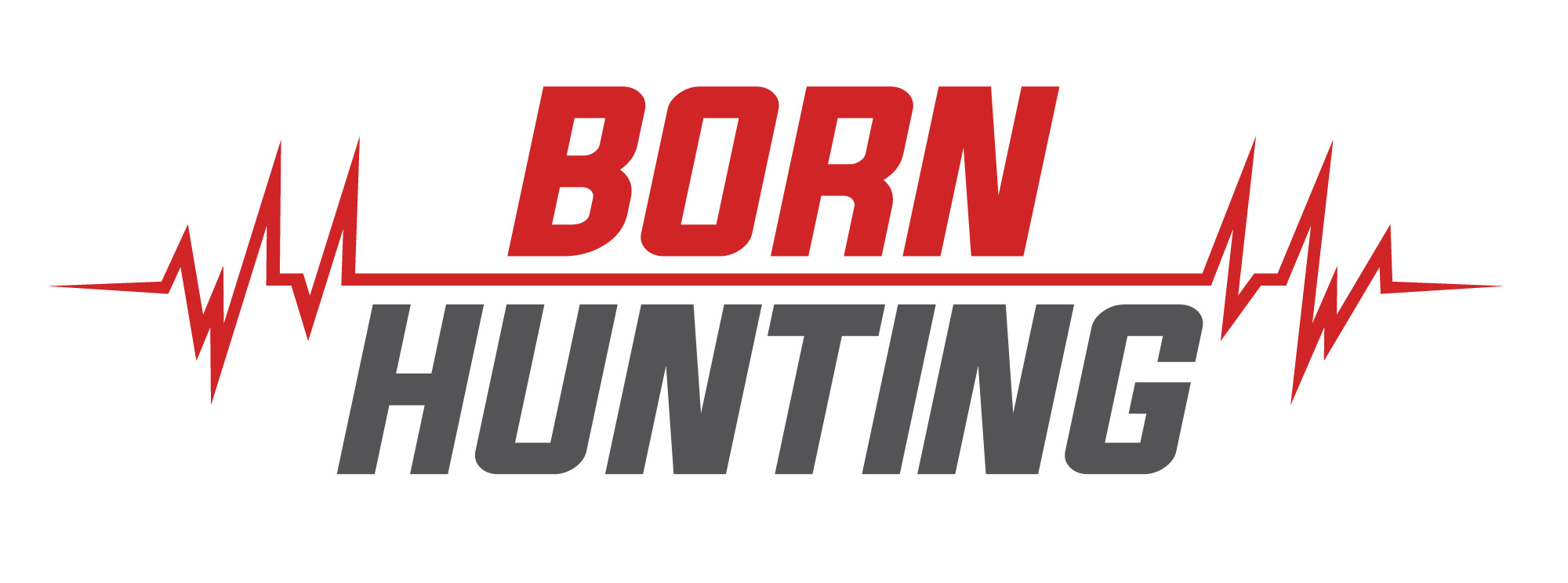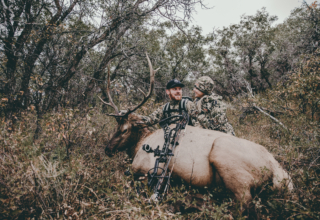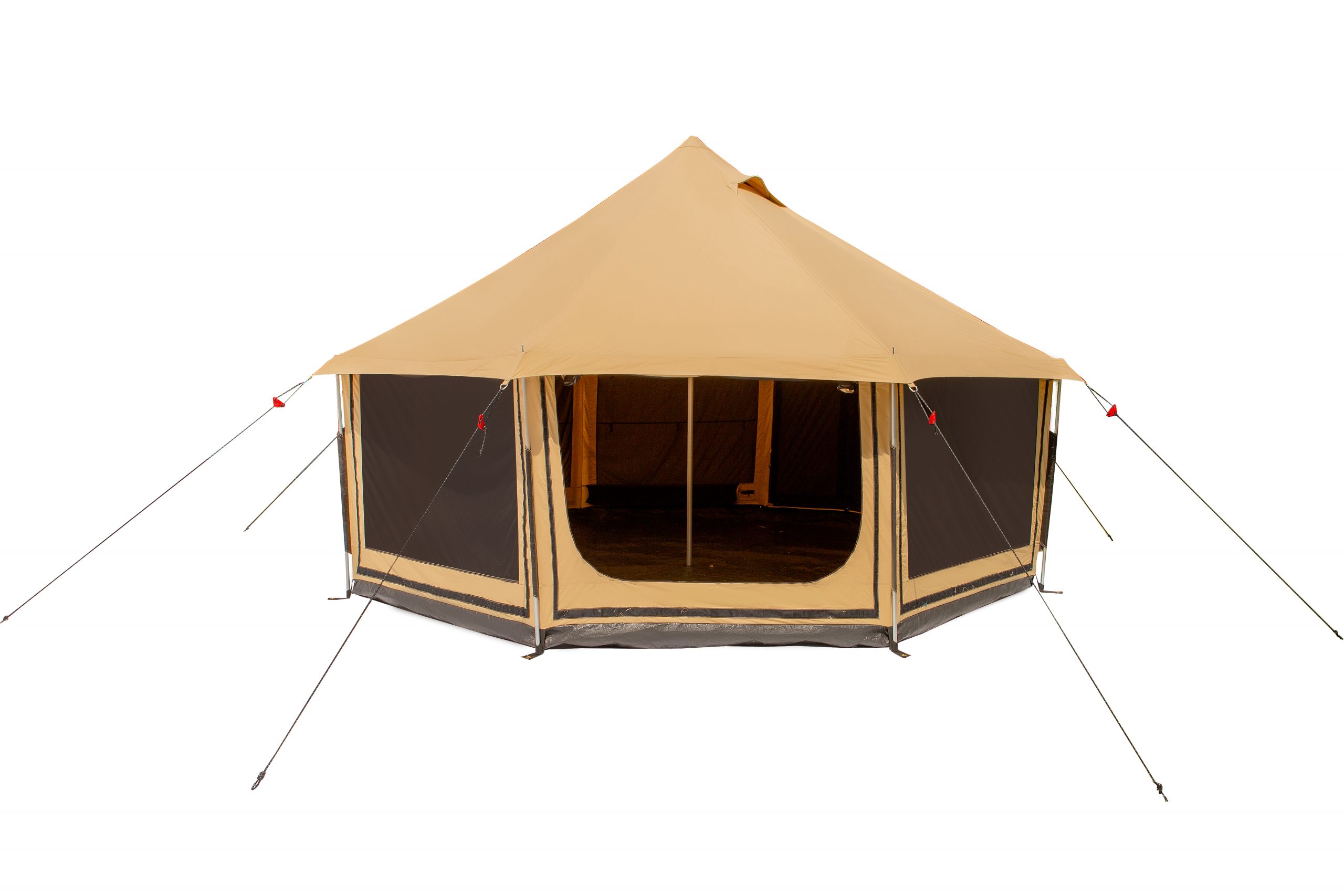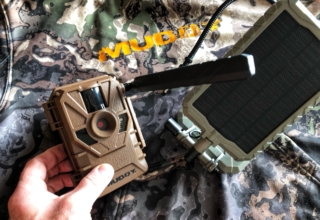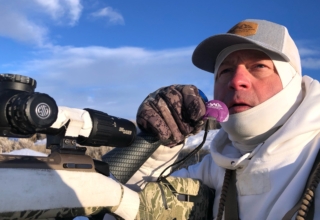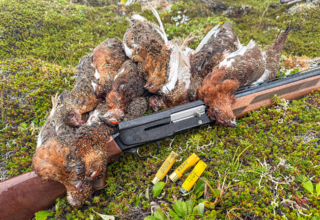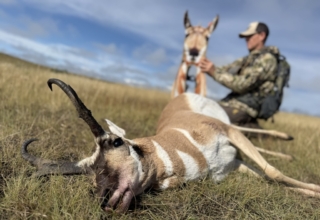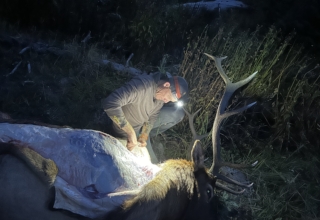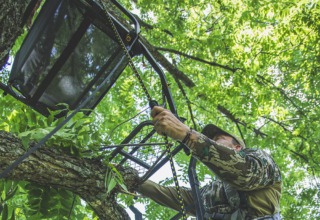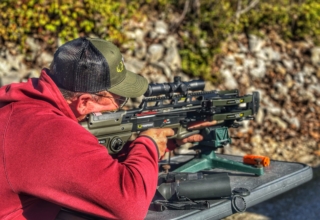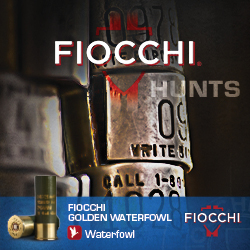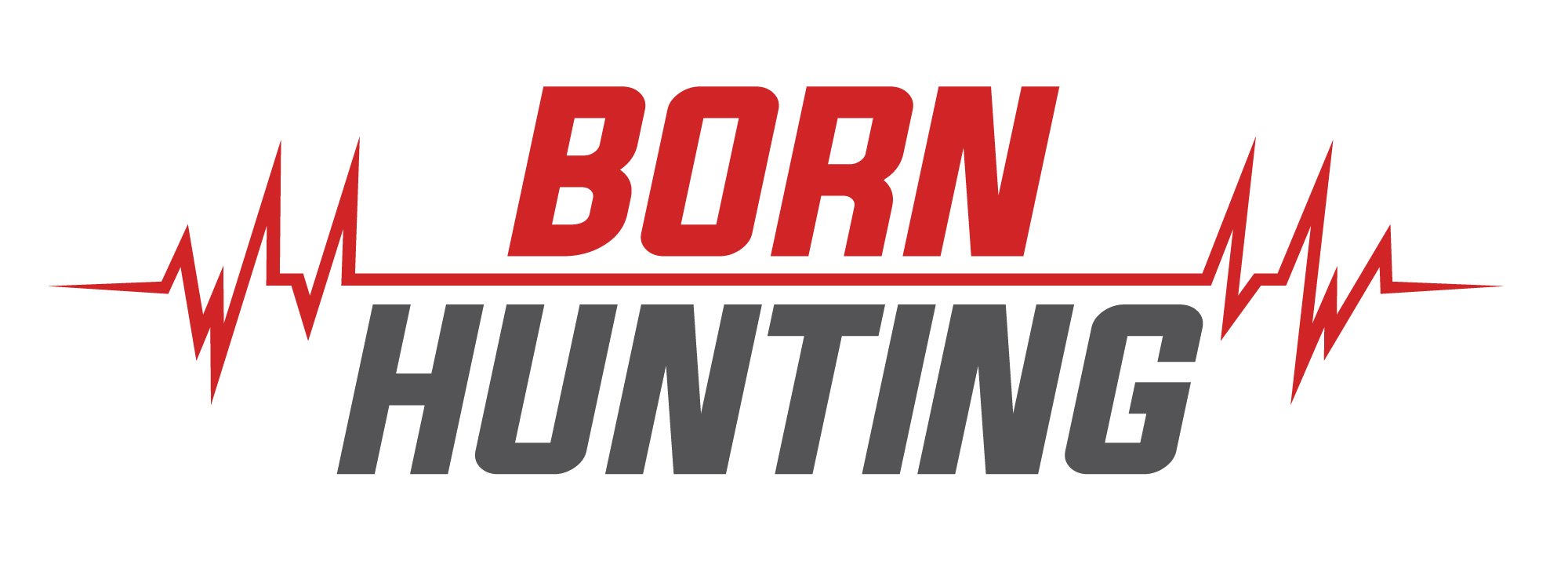Time in the outdoors is precious, whether hunting or camping. As spring melds into summer, it’s time to get out and explore. Go Fast Campers have you covered if it’s time for hunting camp upgrade.
by Mark Kayser
Memorial Day weekend signals the official start of summer camping season. For some, the mountain roads still evoke a remembrance of winter with the occasional drift. For most, though, the camping season beckons. Use this camping season to escape the winter blues, recharge your inner batteries from career battles, test your hunting camp.
My enclosed horse trailer has been my go-to hunting camp for nearly two decades. Occasionally, it hauls my saddle horse and mule, but more often, it ferries my ATV to unknown destinations.
The horse trailer works well throughout the September archery elk seasons and into October firearm hunts. But starting around November 1, the weather in my ZIP code gets testy. Some days the sun shines and other days it blizzards. Those questionable weather events can create a cold environment inside the steel and aluminum mobile cabin. I remedied that this past year with the addition of a generator to utilize electric heat efficiently when needed, but it is still no Hilton suite.

Zero-degree sleeping bags help with the cold as well, but overall, I enjoy the shiny, two-bedroom studio apartment trailer despite a few downfalls. I carpeted the tack compartment, and the fifth-wheel nose overhang includes a cozy mattress. The main compartment carries my ATV. After backing it out, I set up a mattress-adorned cot, tables for a kitchen, and coolers in stacks against the back wall to give them shade for ice preservation.
Last fall, both my son, Cole, and I drew Wyoming elk tags. He is a captain in the Army and would not get much time off to hunt. Still, we set the date, and I was shocked to see him pull into my horse trailer camp with a camp of his own. Sitting atop the bed of his 1500 Ram truck was a new, collapsible camper shell. He quickly and politely declined using quarters in my tin can camp as he popped up the camper for its first big test. His wedge-style camper is produced by Go Fast Campers (GFC), a Montana-based company known for its innovations in lightweight camper shells, toppers, and the trendy rooftop tents you see more and more on Gen Z vehicles.

Although I still appreciate the roominess of my horse trailer, Hilton, and the fact that I do not care if it gets another pine tree dent, his GFC model deserves a good look. Cole appreciates the camper so much it has become his home for six months. Sent for additional training to Fort Sill, The Fires Center of Excellence, Cole’s character includes a free and independent spirit (hmmm, I wonder where he got that?). So, instead of utilizing conventional housing, he opted to camp in his GFC at a campground on post. Save for a few spring tornado warnings interrupting sleep, his extended camping trip has given his GFC an extensive review.
GFC or a similar style of shell camper offers one significant benefit. You do not have to tow a trailer to your hunting location. I noted that I do not mind grinding my old horse trailer camp into the backcountry. It already paid for itself several times over. Adding another dent adds character. However, towing a $65,000 camper designed for highway hauling into the outback may end poorly. The GFC it sits comfortably atop the truck bed of your vehicle with likely 4×4 assistance to get it to where you need it, minus the dents. GFC offers three main options: a camper, a topper, and a text-only version, and capabilities to fit 180 different vehicle configurations.

Next, it sets up quickly, hence its name, Go Fast Campers. Unlatch and uncouple several fasteners, and the camper model expands its wedge design. The roof of the topper holds the expandable upper tent-style camper. With a removable upper bed panel, this gives you standing room. Then, you return the upper bed panel to create a spacious bedroom while your gear and camping equipment are stored safely below in the topper portion. Options for access also include a side ladder to get out via unzipping tent panels.

Nearly indestructible and weatherproof, the upper tent’s use of 300D honeycomb ripstop fabric protects you from wind, rain, snow, hail, and even bright sunshine. Cole has experienced it all. Although no tent offers an environment free of wind noise, he says it blocks wind exceptionally well. That wedge design creates an easy setup and deflects the wind to weather any storm better. Upper tent seams are heat welded to add to the waterproofness, and his model has ridden out more than a dozen downpours.
The GFC comes with their proprietary Turbo-Nap mattress—no need to bring your backpacking air mattress that occasionally leaks. After spending most of the winter and spring in his GFC, Cole does approve of the mattress for a good night’s sleep. Depending on the weather, you can unzip panels on the tent for ventilation to help you sleep better. He warms his camper with a Mr. Heater Portable Buddy Heater when needed.
Moving back downstairs, the GFC is a rugged topper to use year-round. The tent portion collapses to almost nothing upstairs and rides on the topper constructed of 5052 aluminum. In addition to the tailgate opening, it includes two flip-up side panels. Rugged, dust-proof, lockable latches secure all the panels to secure valuables, yet quick access to any portion of the topper. The latches are modeled after locks used at our nation’s embassies and stay locked, even when attacked with gunfire. Hopefully, you will not have anyone test it.

The overall weight of the camper model is approximately 275 pounds. You can add another 500 pounds to the roof via accessory racks. Cole’s a bit handier than his old man, and he built his own roof rack. Add another cargo container, mountain bikes, surfboards, or an elk rack in the Kayser case, plus elk meat to that roof space.
If a camper like this interests you, GFC is a top choice to look at. Not only do they have nearly 200 vehicle configurations available, but they will also consider building one if your current vehicle model is not listed. They also provide a website feature to build while customizing a camper for you. Prices vary but expect to lay down around $8,000, depending on your specifications. Payment plans are available, and when you compare them to the price of a tow camper that you could destroy with one wrong turn in the trail, it is a real deal.
As for me, I will still bump my old horse trailer down the trail for base camp. If you see a Featherlight along the trail with the lights on, feel free to stop by. Good camping this summer!
